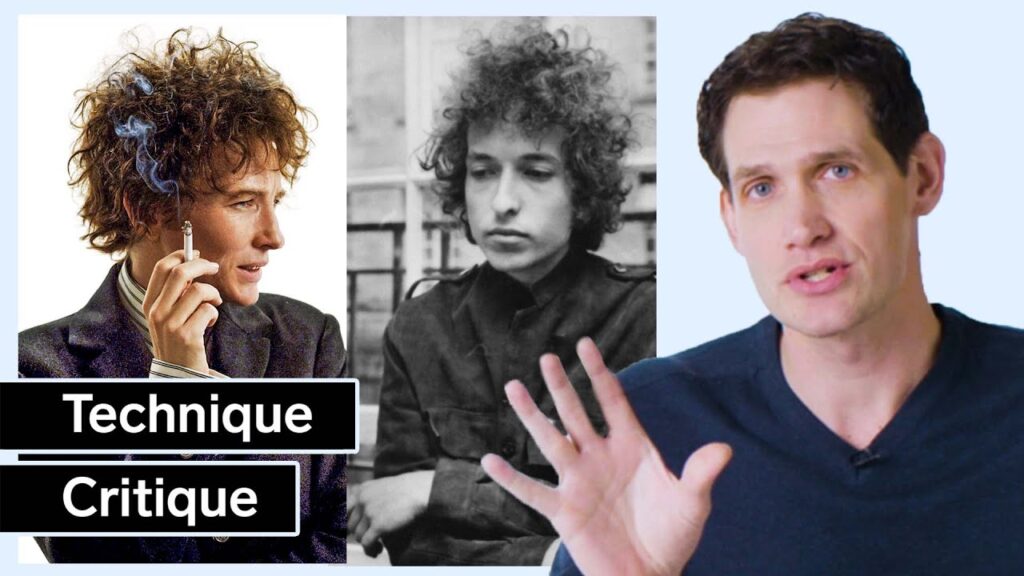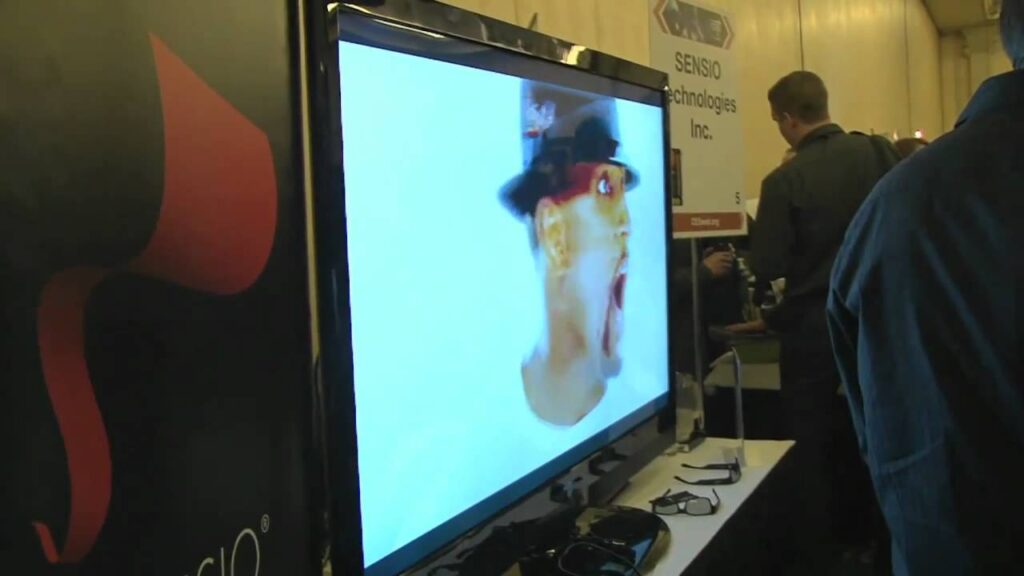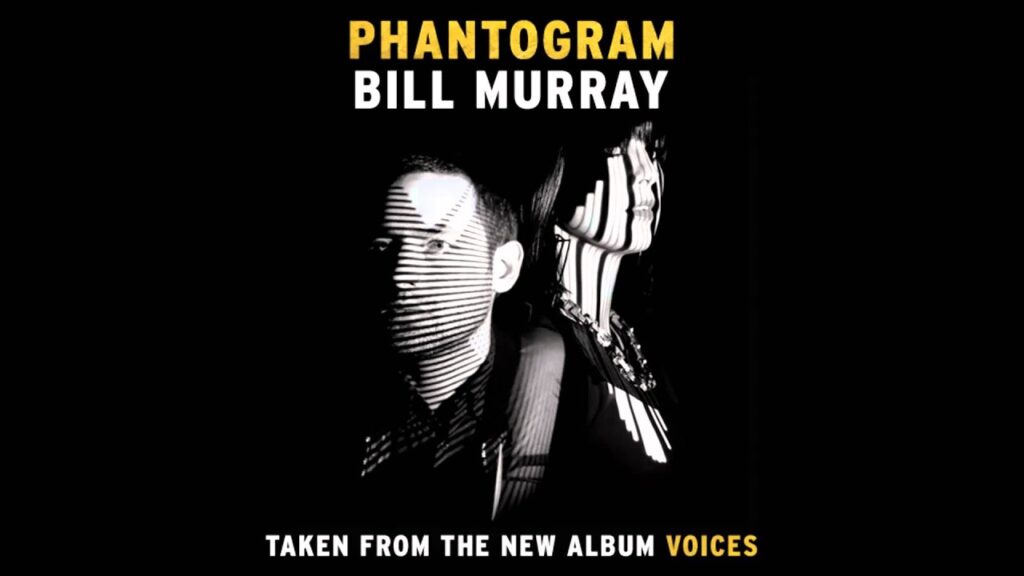The Incredible CGI Work of Weta Digital: A Peek Behind the Scenes
Summary
Weta Digital has been in the film industry for 20 years and has worked on over 40 films, including the Oscar-nominated “Dawn of the Planet of the Apes.” One of their most surprising omissions from Oscar consideration was “The Hobbit: The Battle of the Five Armies,” which showcased their new Army Manager production tool and the Manuka renderer. The film’s epic battles and detailed character work were made possible through complicated simulations, CGI, and animation techniques that have allowed Weta to consistently compete at the highest levels of film.
Table of Contents
- Introduction
- What is Weta Digital?
- What notable films have Weta worked on?
- What makes Weta’s CGI work stand out in the film industry?
- Can you tell us more about Weta’s work on “The Hobbit: The Battle of the Five Armies”?
- What is Army Manager and how did it help the filmmakers of “The Hobbit: The Battle of the Five Armies”?
- What is the Manuka renderer and how did it differ from previous CGI tools?
- How did Weta create the epic battles in “The Hobbit: The Battle of the Five Armies”?
- What was the role of Massive software in the film?
- How did Weta use CGI to bring the dragon Smog to life?
- Conclusion
Introduction
In today’s film industry, Computer-Generated Imagery (CGI) is integral to creating visually stunning and immersive experiences for audiences. Weta Digital, a New Zealand-based visual effects company, is one of the leading studios in this field. Their CGI work has helped bring to life some of the most iconic and epic films of recent times. In this article, we will delve into the world of Weta Digital and explore their most impressive CGI work to date, specifically their contributions to “The Hobbit: The Battle of the Five Armies.”
What is Weta Digital?
Weta Digital is a digital visual effects company based in Wellington, New Zealand. It was founded in 1993 by Peter Jackson, Jamie Selkirk, and Richard Taylor. Weta Digital specializes in digital animation and visual effects for films, television, and advertisements. They have won numerous awards for their work, including several Academy Awards, BAFTAs, and Emmys.
What notable films have Weta worked on?
Weta Digital has worked on over 40 films since its inception in 1993. Some of their most notable contributions include the “Lord of the Rings” trilogy, “Avatar,” “King Kong,” and “The Hobbit” trilogy.
What makes Weta’s CGI work stand out in the film industry?
Weta Digital’s CGI work stands out in the film industry due to its incredible attention to detail and seamless integration with live-action footage. They use a variety of software tools and techniques to create their effects, including Houdini, Maya, and Massive. Additionally, their proprietary rendering software, the Manuka renderer, allows for incredibly complex fluid and destruction simulations, as well as detailed character work.
Can you tell us more about Weta’s work on “The Hobbit: The Battle of the Five Armies”?
“The Hobbit: The Battle of the Five Armies” is the final film in the “Hobbit” trilogy, and it features some of the most complex CGI work in the series. One of the most significant contributions to the film was Weta’s use of Army Manager, a production tool that allowed director Peter Jackson to visualize the battles and determine how to film them. This tool helped bridge the gap between pre-visualization and the final Massive shot, making the production process faster and more efficient.
What is Army Manager and how did it help the filmmakers of “The Hobbit: The Battle of the Five Armies”?
Army Manager is a production tool developed by Weta Digital specifically for creating large-scale battle scenes. It allows filmmakers to visualize the battle in real-time and helps them make decisions about camera placement, timing, and other factors. As a result, it makes the production process more streamlined, reducing the time and cost of creating complex CGI scenes.
What is the Manuka renderer and how did it differ from previous CGI tools?
The Manuka renderer is Weta Digital’s proprietary rendering software. It was first used in “Dawn of the Planet of the Apes” and later used in “The Hobbit: The Battle of the Five Armies.” The Manuka renderer delivers over 350,000 lines of new code, making it one of the most advanced rendering tools in the film industry. It allows for incredibly complex fluid and destruction simulations and detailed character work, making it ideal for films that require high levels of visual effects.
How did Weta create the epic battles in “The Hobbit: The Battle of the Five Armies”?
One of the standout features of “The Hobbit: The Battle of the Five Armies” was its epic battles. Weta Digital used a variety of techniques to create these scenes, including motion capture, Massive simulations, and rigid body simulations. The use of Army Manager helped to plan out the battles, while the Manuka renderer provided the ability to create detailed character work and complex simulations.
What was the role of Massive software in the film?
Massive software was used extensively in “The Hobbit: The Battle of the Five Armies” to create crowd simulations. This software has been used in several films, including the “Lord of the Rings” trilogy, to create large crowd scenes quickly and efficiently. In “The Hobbit,” Massive was used to create the final shot of the film.
How did Weta use CGI to bring the dragon Smog to life?
The dragon Smog was one of the most challenging characters to create in “The Hobbit: The Battle of the Five Armies.” Weta Digital used a combination of fluid dynamics, rigid body simulations, and volumetrics to create the character. The wings of the dragon were designed to drive air simulations in a closed volume, which were then used to feed fire simulations. The interaction of these simulations created the effect of smoke and steam rising from the dragon’s breath.
Conclusion
Weta Digital has established itself as one of the leading visual effects studios in the film industry. Their use of Army Manager and the Manuka renderer in “The Hobbit: The Battle of the Five Armies” showcases the company’s commitment to pushing the boundaries of CGI and animation. The film is a testament to how far Weta has come with its pipeline, producing some of the most complex imagery in terms of both animation and rendering. Through their innovative use of technology, Weta has contributed to some of the most unforgettable films of the past two decades.







